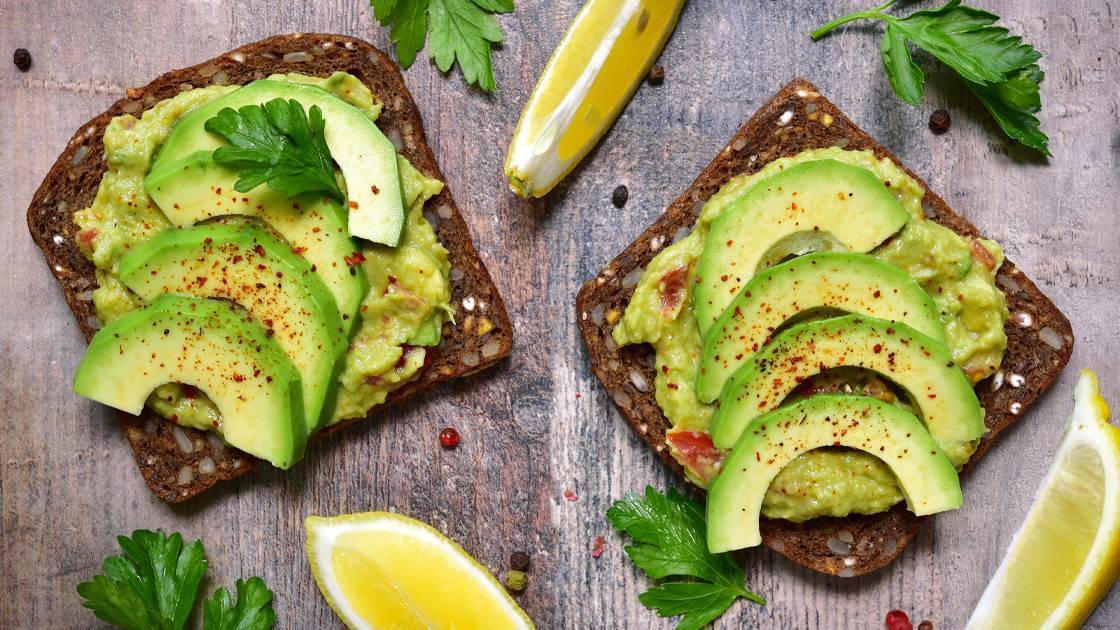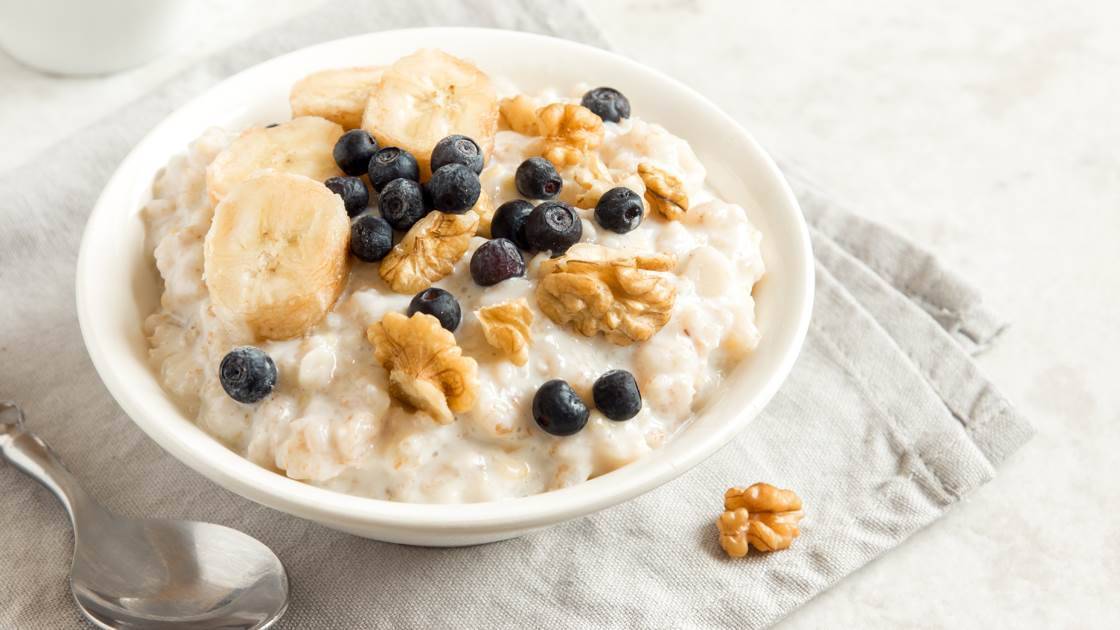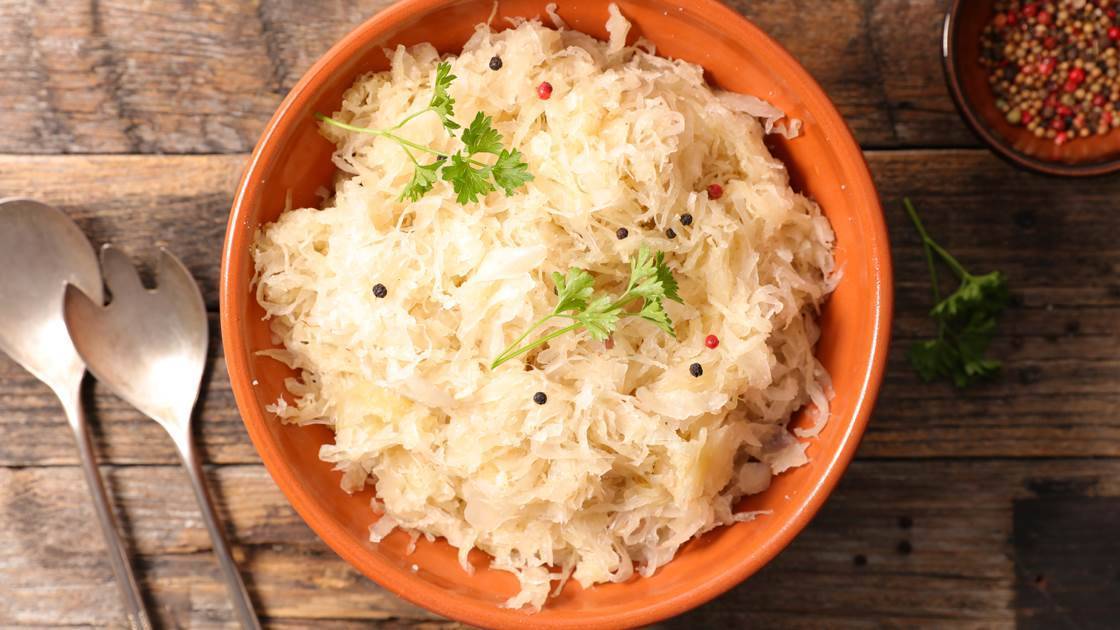Do you often find yourself feeling hungry? Increasing your intake of nutrients such as protein, fibre and healthy fats, which slow digestion and keep you full, can help. But even among foods known to be filling, some may satisfy you more than others. “You might react differently to a certain food than another person would,” says dietitian Samina Kalloo. You also need to give your brain to catch up with your tummy.
Kalloo recommends noting how full you feel on a scale of 1 to 10 after eating different foods to track what fills you up the most. Here are six satiating picks to start with.






Avocado
This is one of the few foods that contain oleic acid, a type of fatty acid. An Italian study found that people who consumed a high-oleic breakfast ate about 1,000 fewer kilojoules (250cal) at lunchtime than those who didn’t. Researchers believe that’s because the body converts oleic acid to a compound that may send a fullness signal from the gut to the brain. Use avocado as a spread for sandwiches. (Need a gift for an avo-lover? Look no further than this!)
Green bananas
Before bananas ripen, they’re a good source of resistant starch, which is slow to digest and helps stabilise blood sugar. Kalloo recommends blending green bananas into a smoothie or using them to top your morning muesli.
Porridge
This breakfast staple’s insoluble and soluble fibre – particularly a kind called beta-glucan – slows digestion and has a filling effect, according to a review in the journal Nutrition Reviews. Its texture may also stimulate the release of appetite-controlling hormones. Opt for traditional rolled oats and cook them over the stovetop rather than the quick microwave variety as the larger flakes digest more slowly and give longer lasting energy.
Salmon
It’s one of a handful of fish that contain enough healthy fats and protein to extend your feelings of fullness after a meal, says Kalloo. Salmon is also a good source of lysine and arginine, two amino acids that were found in a British study to activate appetite-controlling brain cells.
Sauerkraut
Fermented foods contain good bacteria that bolster your microbiome. The bacteria react with fibre, which is then converted into short-chain fatty acids, stimulating the production of hormones that help regulate appetite, says gastroenterologist Gerard Mullin. However, it’s worth noting that most varieties of sauerkraut you can buy in a jar are pasteurised to stop them spoiling on shelf, and this also destroys some of the helpful fatty acids, so look for sauerkraut labeled ‘raw’.
Soup
A US study found that women who started lunch or dinner with 600kJ (approx. 150cal) worth of soup (roughly 1½ cups) felt fuller and consumed fewer kilojoules overall than when they skipped the course. “The sheer volume that soup takes up in your stomach increases feelings of fullness,” says Barbara Rolls, a coauthor of the study. Don’t forget, though, that creamy options are much higher in kilojoules than a tomato-based or other non-creamy varieties.








.jpg&h=193&w=250&c=1&s=1)

